Mango bonsai for space conscious folks
esco_socal
12 years ago
Related Stories

PETS10 Tips for Keeping Indoor Cats Healthy and Happy
It's National Cat Day: Ask not what your cat can do for you (because it will ignore you) but what you can do for your cat
Full Story
CONTEMPORARY HOMESHouzz Tour: Rustic Modern Luxury in the Sonoma Wine Country
Beautiful textures, materials and artisan pieces highlight this dreamy neutral-hued home
Full StoryMore Discussions






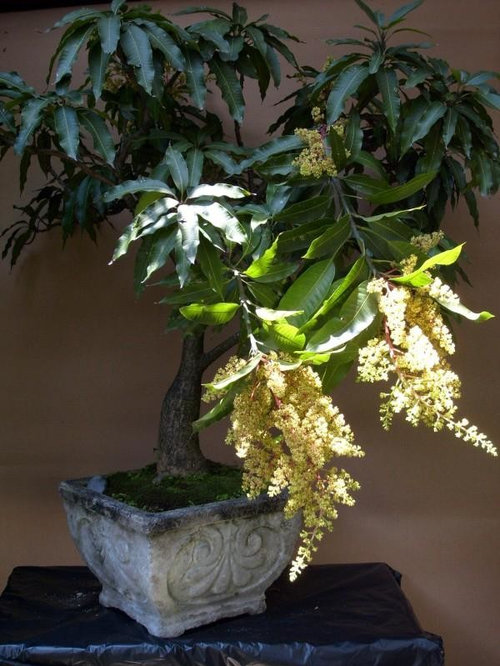
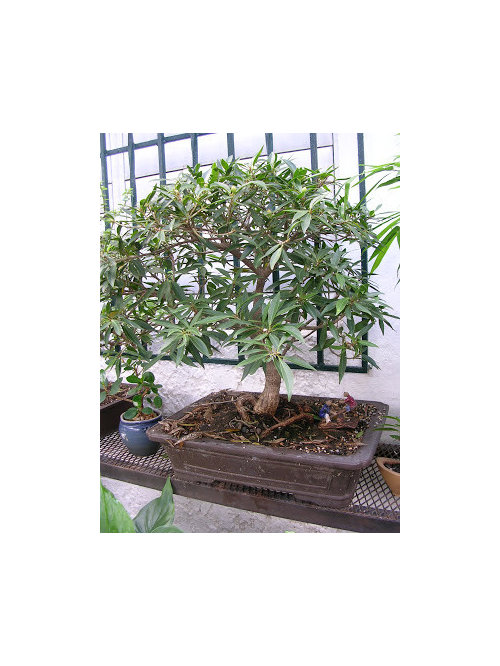
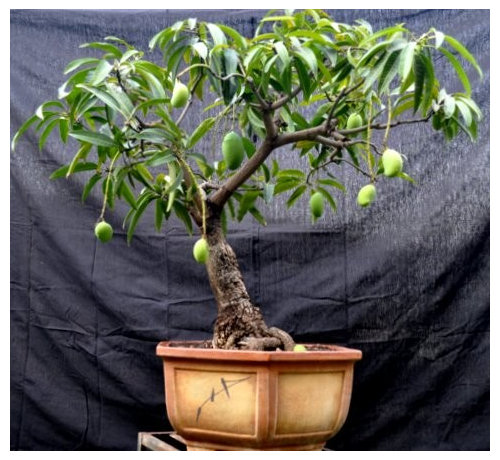
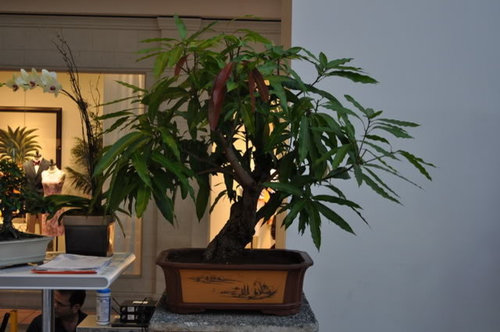
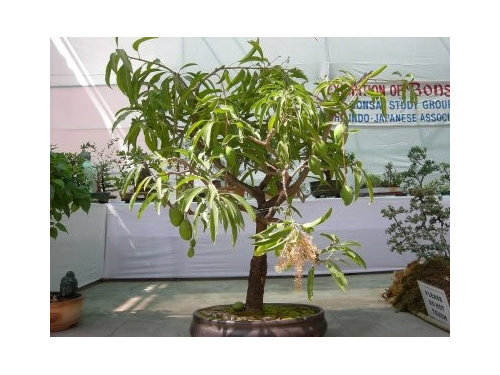
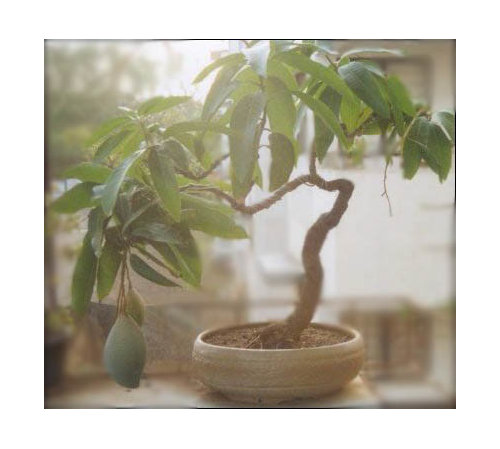
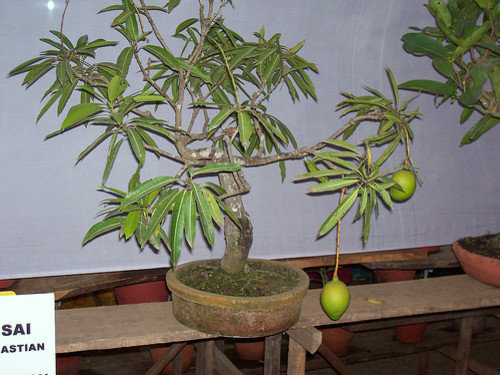

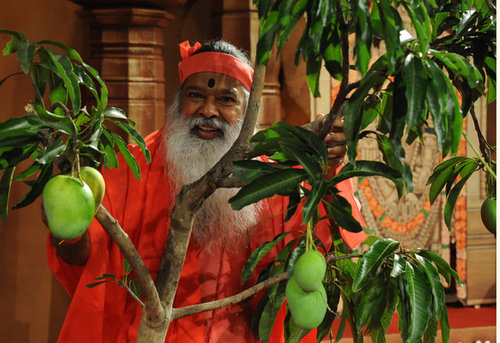
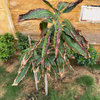
Man-Go-Bananas
Man-Go-Bananas
Related Professionals
Ballwin Landscape Architects & Landscape Designers · Birmingham Landscape Architects & Landscape Designers · Oatfield Landscape Architects & Landscape Designers · Mount Wilson Landscape Architects & Landscape Designers · Deerfield Landscape Contractors · Ellicott City Landscape Contractors · Framingham Landscape Contractors · Lemoore Landscape Contractors · Metairie Landscape Contractors · Nashua Landscape Contractors · New Baltimore Landscape Contractors · Seven Hills Landscape Contractors · Tamarac Landscape Contractors · Norridge Landscape Contractors · Shafter Landscape Contractorssteve_in_los_osos
jsvand5
mangodog
esco_socalOriginal Author
jfernandez
wizzard419
newgen
red_sea_me
houstontexas123
ohiojay
esco_socalOriginal Author
jfernandez
red_sea_me
jfernandez
mangodog
red_sea_me
esco_socalOriginal Author
nullzero
Avishék Basu Mojumdar